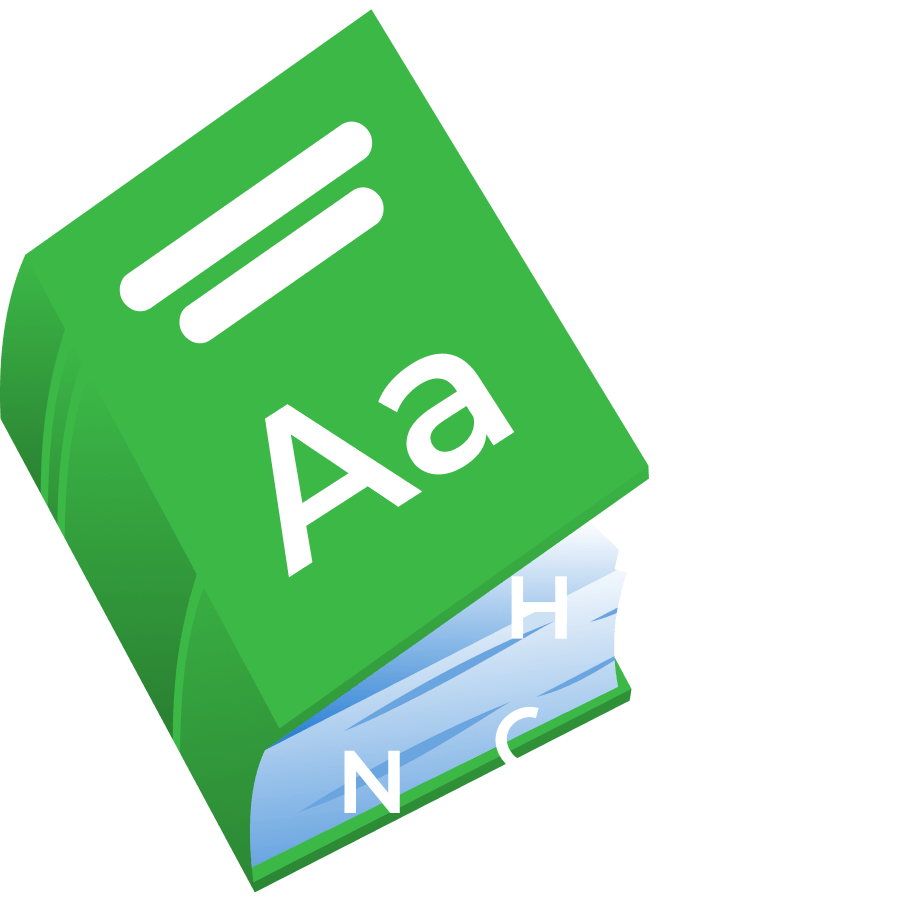The Yoruba alphabet is a fascinating writing system that opens doors to one of West Africa's most widely spoken languages. With approximately 45 million speakers across Nigeria, Benin, and diaspora communities worldwide, Yoruba stands as a vital cultural and linguistic treasure. If you're interested in learning this beautiful West African language, understanding the Yoruba alphabet is your essential first step. This comprehensive guide will walk you through every letter, sound, and pronunciation tip you need to master the Yoruba alphabet with confidence.

The Yoruba language belongs to the Niger-Congo family and is primarily spoken in Nigeria. What makes the Yoruba alphabet particularly interesting is how it differs from the Latin alphabet used in English., representing a carefully crafted system that captures the tonal nuances of this West African language. Unlike English, which relies on individual vowel sounds, the Yoruba alphabet incorporates diacritical marks—special symbols placed above or below letters—to indicate tones and modifications. This tonal system is crucial because tone changes can alter a word's entire meaning. Learning the Yoruba alphabet, therefore, requires more than just memorizing letters; it demands an understanding of how these tones function within the language's structure.

The Yoruba alphabet represents a modern adaptation of the Latin script, specifically designed to accommodate the language's phonetic and tonal requirements. The Yoruba alphabet with signs includes various diacritical marks that native speakers and learners must recognize and use correctly. Historically, Yoruba was written using Arabic script, but the modern Yoruba alphabet letters system was standardized to use Latin characters with tone marks in the early 20th century.
The complete Yoruba alphabet with words includes 25 letters: A, B, D, E, F, G, H, I, J, K, L, M, N, O, P, R, S, T, U, W, Y, and digraphs like GB, KP, and SH. Notably absent are the letters C, Q, V, X, and Z—these don't exist in the Yoruba alphabet pronunciation system. Each letter in the alphabet in the Yoruba language serves a specific phonetic purpose, and the abc in Yoruba basics form the foundation for all written communication in this West African language. Understanding this Yoruba alphabet structure is essential for anyone attempting to read, write, or fully comprehend the language's written form.

The Yoruba alphabet letters divide into two main categories: vowels and consonants. Let's explore each systematically to build your foundation in the Yoruba alphabet.
The Yoruba alphabet contains seven vowels: A, E, I, O, U, and two additional vowels represented as ẹ (e with dot below) and ọ (o with dot below). These vowels are essential to the Yoruba alphabet letters system and appear frequently throughout the language. Each vowel can be pronounced with three different tones—high, mid, or low—which can significantly alter meaning. For example, in the Yoruba alphabet pronunciation, the word "bá" (with high tone) means "to meet," while "ba" (with mid tone) means "to happen." This tonal distinction is what makes mastering the Yoruba alphabet such a rewarding challenge.
The Yoruba alphabet letters include 18 consonants, which form the backbone of most words in this West African language. These consonants are: B, D, F, G, H, J, K, L, M, N, P, R, S, T, W, Y, plus the digraphs GB and KP. Each of these Yoruba alphabet letters has a distinct sound that must be pronounced clearly and accurately. For instance, the letter "j" in the Yoruba alphabet sounds like "zh" in English, while "sh" functions as a single unit. Understanding which letters belong to the Yoruba alphabet versus which don't (like C, Q, V, X, and Z) helps prevent confusion for English speakers.

The Yoruba alphabet pronunciation is particularly distinctive because of its tonal system. Unlike English, where changing your tone doesn't change a word's meaning, the Yoruba alphabet relies on tone marks to convey different meanings for the same letter sequence.
In the Yoruba alphabet, three primary tones exist: high tone (marked with an acute accent: á), mid tone (unmarked: a), and low tone (marked with a grave accent: à). The Yoruba alphabet with sign notation system makes these distinctions clear in written form. For example:
Learning the Yoruba alphabet becomes much easier when you see letters in context. Here are examples using Yoruba alphabet letters:
Mastering these examples helps solidify your understanding of how the Yoruba alphabet letters function in real communication. By practicing a to z in Yoruba language progressively, you'll develop the muscle memory and auditory recognition necessary for fluency.

Several challenges commonly arise when learners first approach the Yoruba alphabet. Understanding these obstacles helps you prepare strategies to overcome them.
One of the primary difficulties with the Yoruba alphabet is that tone marks aren't always clearly distinguished in casual writing or digital contexts. Many learners struggle to hear the difference between tones initially, especially if their native language doesn't use tonal distinctions. The Yoruba alphabet pronunciation requires careful listening and repeated practice to internalize these subtle but crucial differences.
For English speakers, the absence of common letters like C, Q, V, X, and Z from the Yoruba alphabet letters can feel strange at first. Additionally, the presence of Yoruba alphabet with sign notations—particularly the dotted vowels (ẹ and ọ)—requires learning new keyboard input methods or specialized typing systems.
The Yoruba alphabet uses digraphs like GB and KP, which represent single sounds in the language. These combinations don't exist in English, making the Yoruba alphabet pronunciation challenging for new learners. With consistent practice, however, these sounds become natural and intuitive.
Certain consonants in the Yoruba alphabet can sound similar to untrained ears. The distinction between sounds, for example, requires focused attention to master proper Yoruba alphabet pronunciation. Recording yourself and comparing your pronunciation to native speakers accelerates the learning process significantly.

Mastering the Yoruba alphabet doesn't have to be overwhelming. Modern language learning apps like Drops have revolutionized how people approach acquiring new writing systems and languages. Here's why Drops is an excellent resource for learning the Yoruba alphabet:
Drops uses visual and interactive methods to teach the Yoruba alphabet letters, making the learning process engaging and memorable. Instead of tedious drills, you learn the Yoruba alphabet through games, visual associations, and contextual examples that stick with you long-term.
The app's Audio Mode provides native speaker pronunciation for every word Drops teaches in the Yoruba language. This feature is invaluable for developing proper Yoruba alphabet pronunciation, ensuring you internalize authentic sounds rather than approximations. Hearing the Yoruba language correctly pronounced repeatedly trains your ear for the tonal distinctions that define this West African language.
Rather than marathon study sessions, Drops encourages learning the Yoruba language in short, focused bursts. This spaced repetition methodology ensures that the Yoruba alphabet letters and their sounds are transferred to long-term memory, creating lasting retention of the fundamentals of this West African language.
The platform's multiplayer feature allows you to compete with others who are learning the Yoruba language, adding motivation and accountability to your language journey. Connecting with fellow learners reinforces your commitment to mastering the Yoruba alphabet while making the process social and enjoyable.
Drops recognizes that the Yoruba alphabet is just the beginning of a rich linguistic journey. The platform offers comprehensive support for learning Yoruba alongside other niche languages, creating a complete learning ecosystem for those passionate about languages.

The Yoruba alphabet consists of 25 letters in total. These include seven vowels (A, E, I, O, U, ẹ, ọ) and 18 consonants (B, D, F, G, H, J, K, L, M, N, P, R, S, T, W, Y, plus digraphs GB and KP). This complete Yoruba alphabet system captures all the sounds necessary for speaking and writing the Yoruba language, a major West African language.
Reading abc in Yoruba follows the same basic principles as reading in English, but with important distinctions. The letter "A" sounds like "ah," "B" sounds like "beh," "C" doesn't exist in the Yoruba alphabet, and "D" sounds like "deh." For the complete a to z in Yoruba language, each letter has its own specific pronunciation guide. Learning proper Yoruba alphabet pronunciation ensures you can read any word in this West African language correctly.
The 18 consonants in the Yoruba alphabet are: B, D, F, G, H, J, K, L, M, N, P, R, S, T, W, Y, and the digraphs GB and KP. These Yoruba alphabet letters represent all the consonant sounds in the language. Mastering the pronunciation of each of these Yoruba alphabet letters is essential for speaking and understanding the Yoruba language fluently.
Want to master the Yoruba alphabet faster? Download the Drops app today and join thousands of learners exploring this beautiful West African language. With interactive lessons, native speaker audio, and community support, you'll progress from alphabet basics to conversational fluency more quickly than you ever thought possible. Start your Yoruba language journey with Drops now!
"Love my fun language learning and practice with daily Drops sessions, and monthly Challenges to participate in, and quiz mode to test contextual learning - brilliant! So much thought, consideration and inclusivity has gone into the design and function of this app, I can't praise it highly enough."
"Great little learning app! I've learned at least 5-10 new words in Spanish in my first 5 minutes. Easy to pick up and thorough."
"Great language learning app! It helps you get daily words done in a short amount of time. I would highly recommend using drops to learn whatever language you want to learn."
"What an amazing app! I’ve tried several apps for language learning and I cannot recommend Drops enough. I don’t know how a short Drops session can teach me as much as 1 hour+ of focused use of other apps, it’s like magic."
"Amazing language learning tool. Excellent app for increasing vocabulary in your foreign language of choice. Useful for beginner, intermediate, and advanced learners. The repetition of the words makes them much easier to remember, and without the hassle of making your own flash cards. I have used Drops for two years now and have seen great results."
"Very engaging way of learning Yoruba in a stimulating way. Will be using to learn myself and to teach my child!"
"Less than a week in but using this alone with the popular one babbel working on German. When using just one app I got bored, babbel is not as fun. So using both at once actually let's my adhd do its thing but I still focused since I can switch easily between both apps and work in different areas. Also I like the quick little sessions makes me feel like I actually did something."
"So engaging. I speak Spanish well, but often forget words in conversation that I know I should know. This game is fun and quickly brings back vocabulary I may have put in the back of my brain after not using it for awhile. Case in point: I spent 11 years in construction, then went back to teaching in English and/or Spanish depending on the teacher/student"
"Amazing app"
"I have been desperate to find an app that really helps me learn Japanese and this is the best by far"
"I like that you can switch between different subjects and topics constantly and it’s really easy to learn a lot of vocabulary very quickly! This works perfect for me because I can learn a lot of words but then practice sentence structure with my grandmother whose from Croatia"
"Fantastic app great opportunity to learn languages on your spare time. Drops makes it easy to learn and retain words to formulate sentences."
"Best of the best. Awesome app in every sense"
"This app us the best and how I am doing Learning Ukraine is Helping me alot tnx"
"Definitely recommend! I'm using this to learn mandarin 10/10"
"Fun and interactive. Great for repetition!"
"Very engaging way of learning Yoruba in a stimulating way. Will be using to learn myself and to teach my child!"
"Amazing language learning tool. Excellent app for increasing vocabulary in your foreign language of choice. Useful for beginner, intermediate, and advanced learners. The repetition of the words makes them much easier to remember, and without the hassle of making your own flash cards. I have used Drops for two years now and have seen great results."
"Great little learning app! I've learned at least 5-10 new words in Spanish in my first 5 minutes. Easy to pick up and thorough."
"I have been desperate to find an app that really helps me learn Japanese and this is the best by far"
"I like that you can switch between different subjects and topics constantly and it’s really easy to learn a lot of vocabulary very quickly! This works perfect for me because I can learn a lot of words but then practice sentence structure with my grandmother whose from Croatia"
"Fantastic app great opportunity to learn languages on your spare time. Drops makes it easy to learn and retain words to formulate sentences."
"What an amazing app! I’ve tried several apps for language learning and I cannot recommend Drops enough. I don’t know how a short Drops session can teach me as much as 1 hour+ of focused use of other apps, it’s like magic."
"Love my fun language learning and practice with daily Drops sessions, and monthly Challenges to participate in, and quiz mode to test contextual learning - brilliant! So much thought, consideration and inclusivity has gone into the design and function of this app, I can't praise it highly enough."
"Definitely recommend! I'm using this to learn mandarin 10/10"
"This app us the best and how I am doing Learning Ukraine is Helping me alot tnx"
